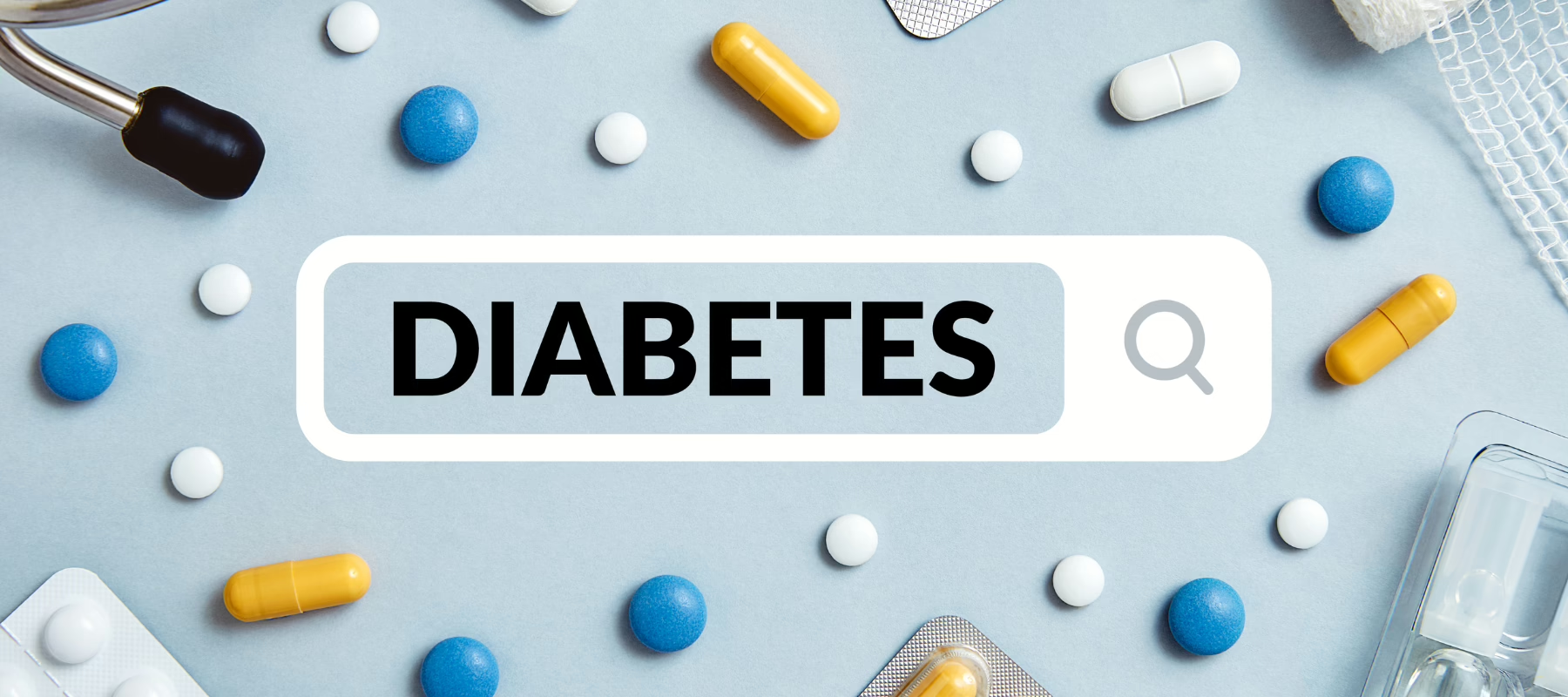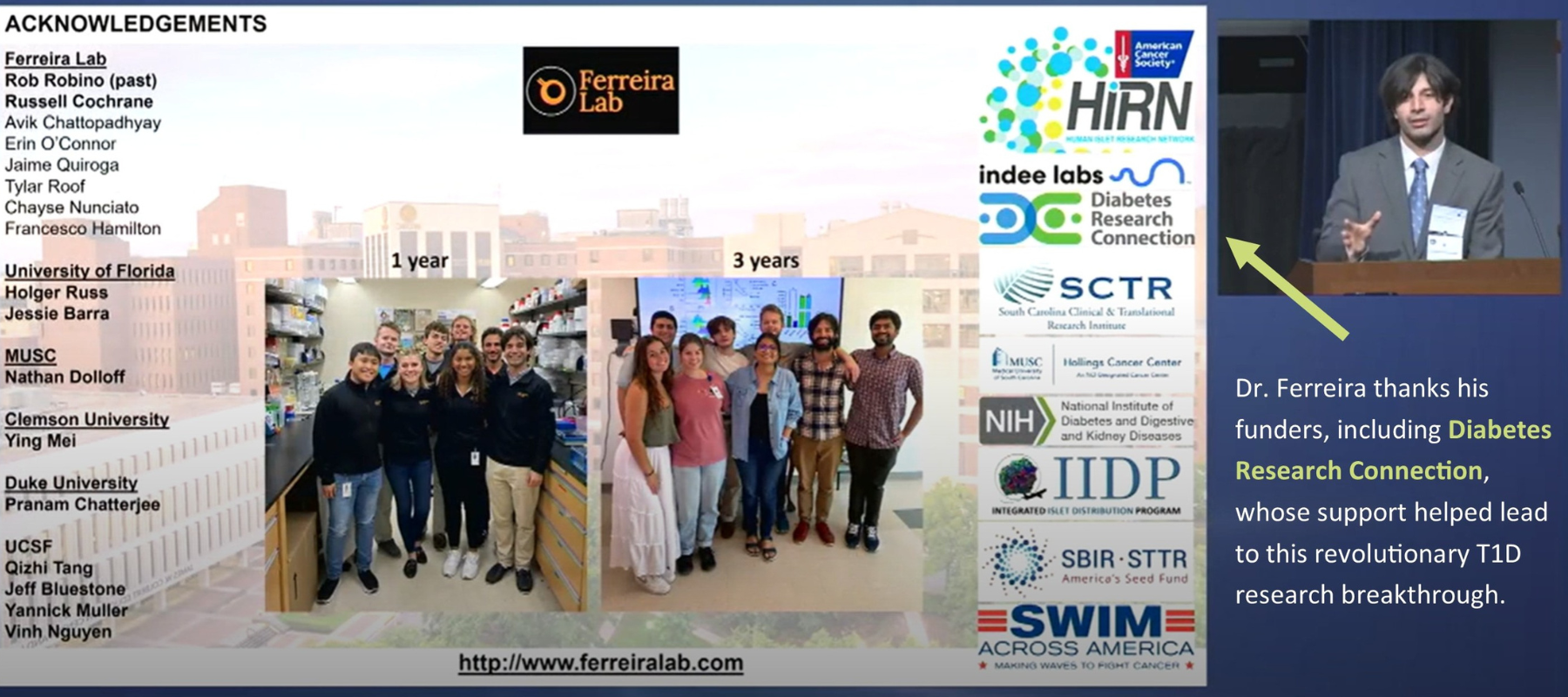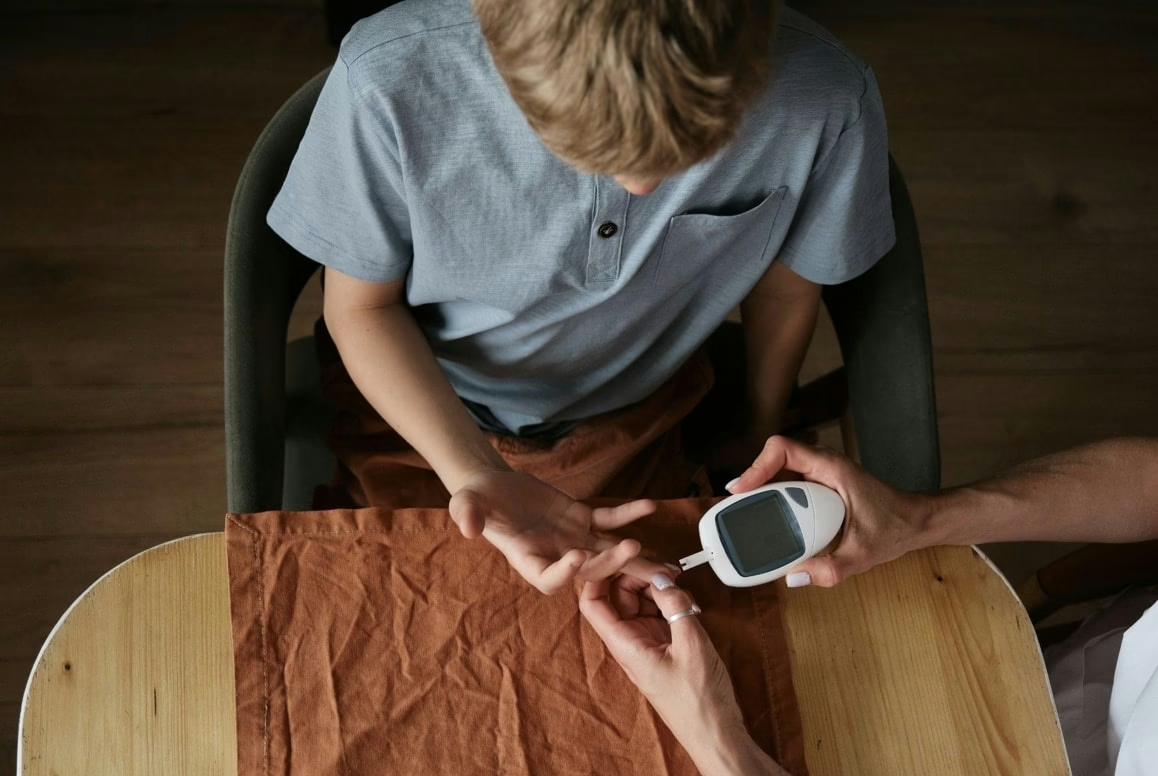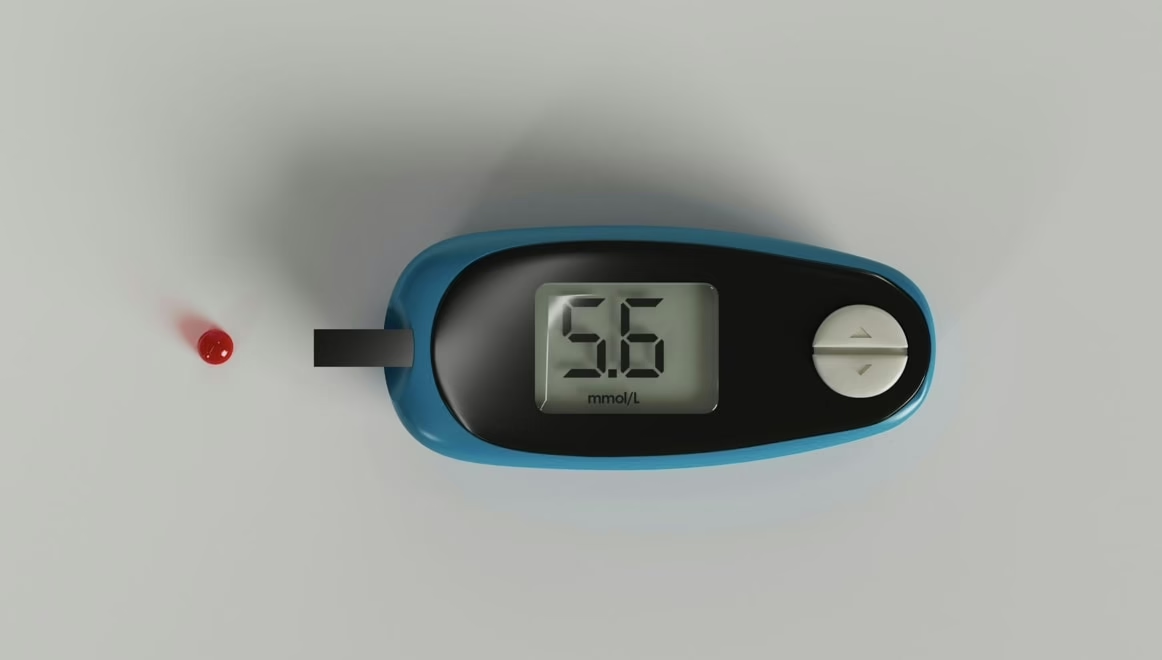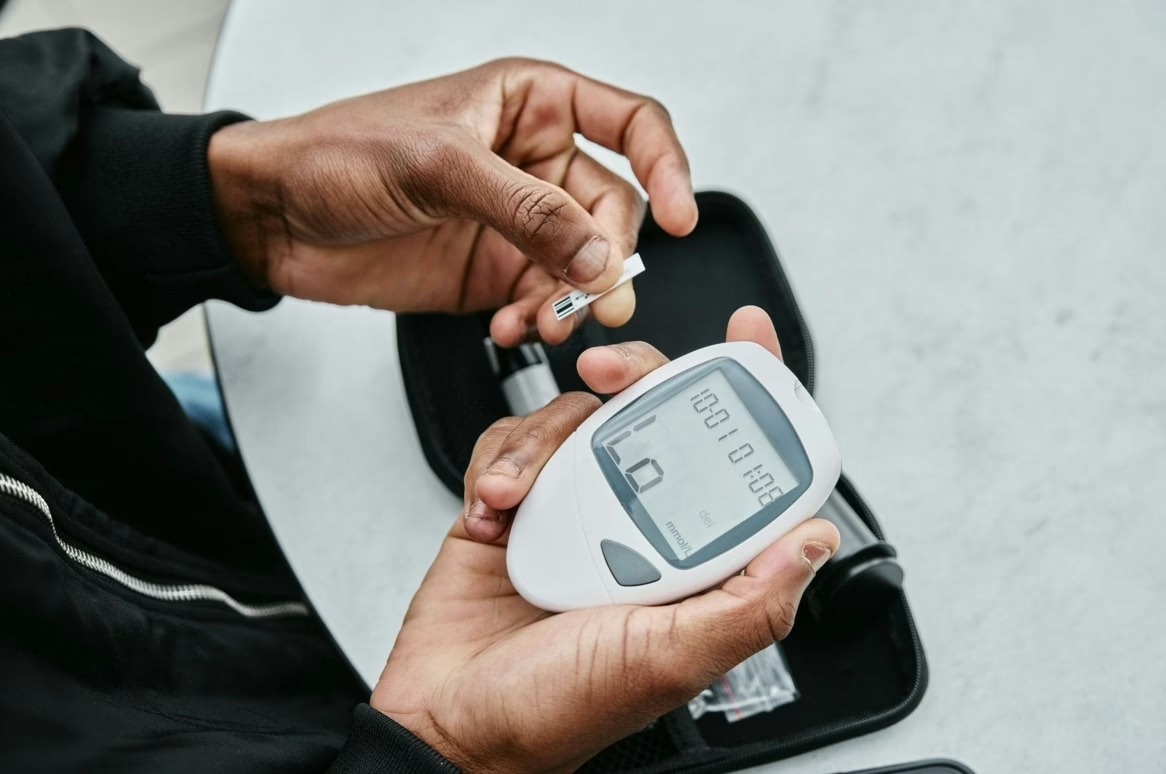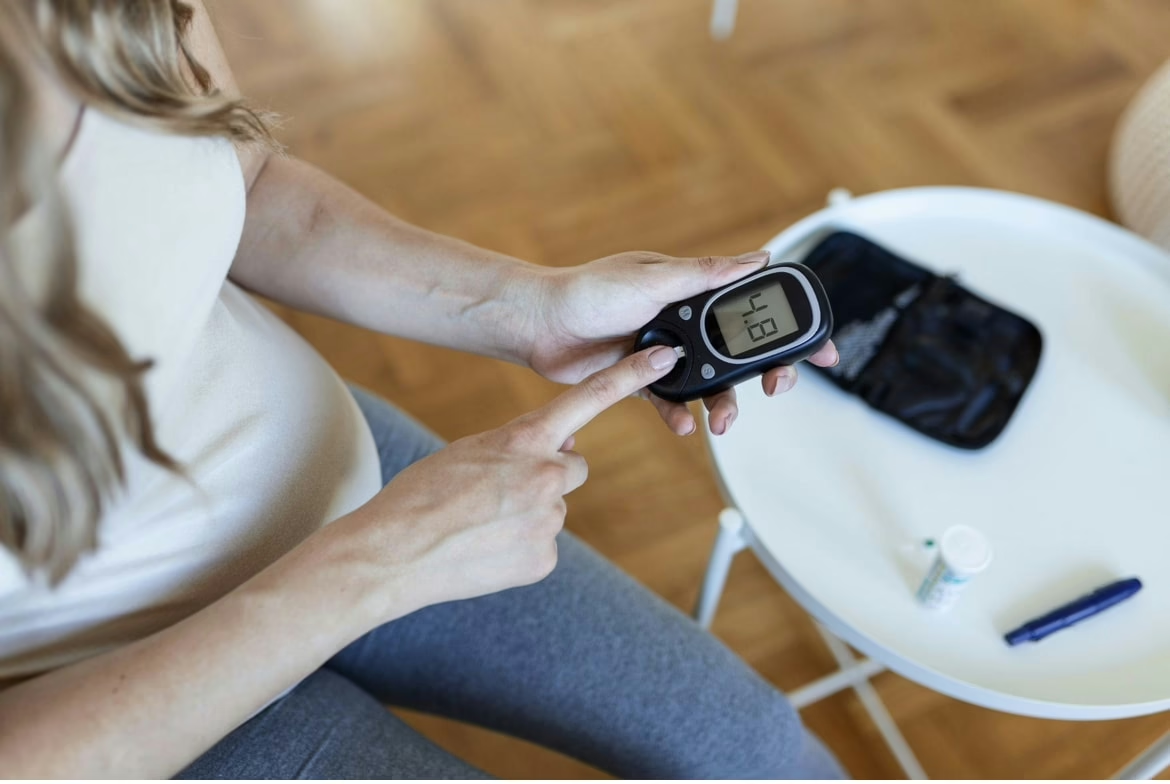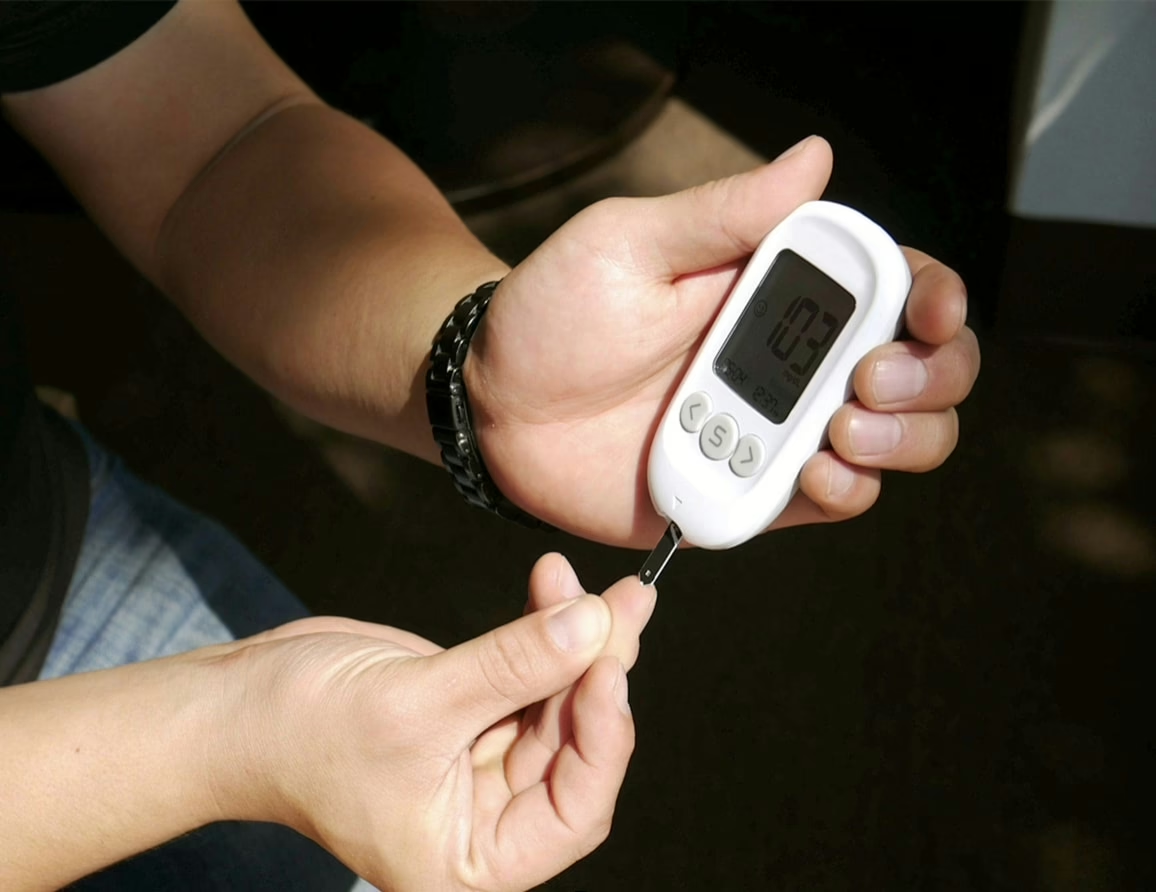Latest News
-
Understanding the Science: A Beginner’s Guide to T1D Research Terminology
Whether you’re newly diagnosed, a donor passionate about finding a cure, or just curious about the science behind type 1 diabetes (T1D), the terminology can be overwhelming. At Diabetes Research […]
-
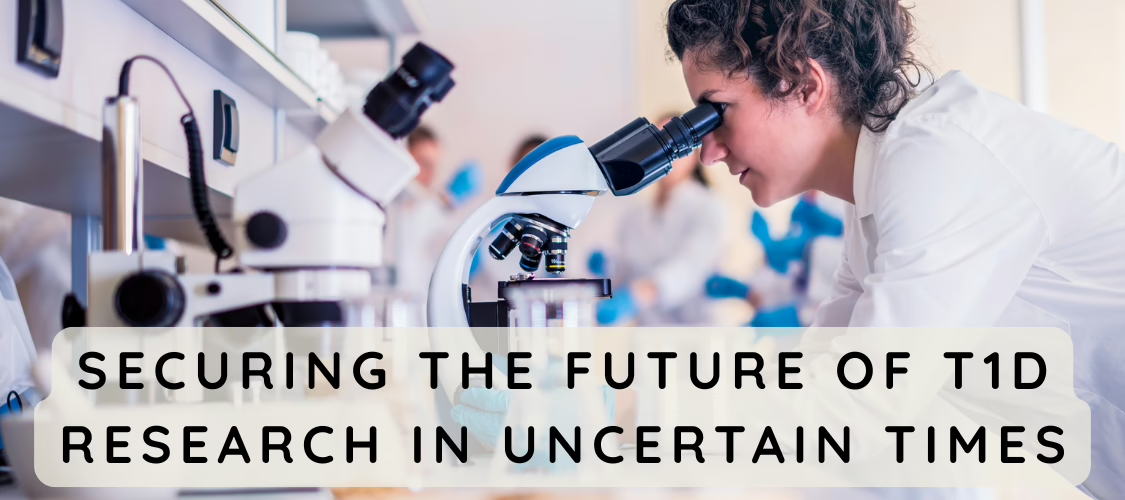
Securing the Future of Type 1 Diabetes Research in Uncertain Times
In recent months, national conversations around federal budgets and healthcare…
-

More Than Blood Sugar: Addressing the Mental Health Burden of Type 1 Diabetes
May is Mental Health Awareness Month, a time to shine…
Featured
Get the most recent diabetes research news,
delivered straight to your inbox
Sign Up Now

